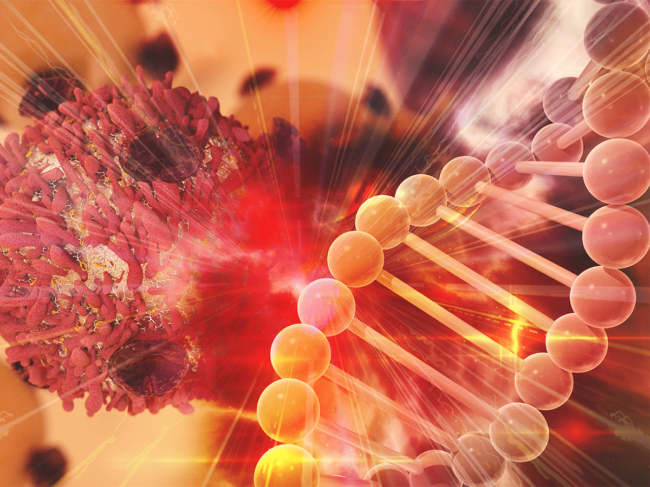
Articles by Anette Breindl
Neurology/psychiatric
ISSCR 2024: Expanding niche definition gives insights into stem cells
Read MoreNeurology/psychiatric
Studies bring insights into link between glymph system, migraine pain
Read MoreNeurology/psychiatric






